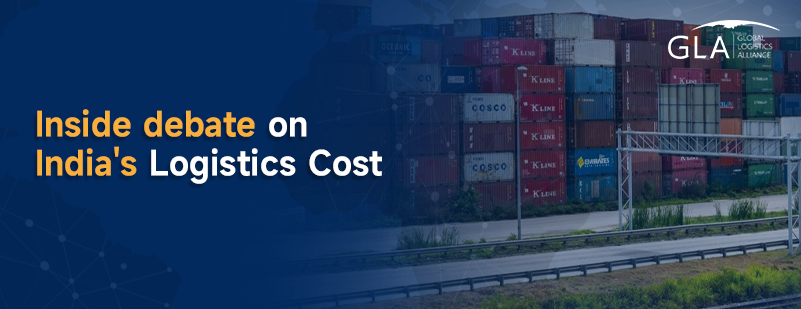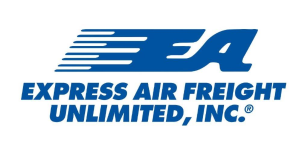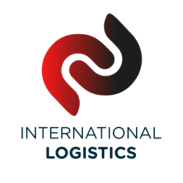Time:2024-02-23 Publisher:Kevin Num:8289

In the vast landscape of India's economy, the logistics sector plays a pivotal role in shaping the nation's competitiveness and economic growth. Recently, a significant spotlight has been cast upon the intricacies of India's logistics costs with the release of the National Council of Applied Economic Research (NCAER) report titled “Logistics Cost in India Assessment and Long-term Framework” in December 2023.
This report, born out of collaborative efforts by a task force convened by the Department for Promotion of Industry and Internal Trade (DPIIT), seeks to unravel the mysteries surrounding India's logistics cost dynamics.
For years, estimations of India's logistics costs have varied widely, stirring debates and influencing policy directions. The Confederation of Indian Industry (CII) projected a figure of 10.9% of GDP in 2015, while Armstrong and Associates (A&A) proposed an even higher estimate of 13.0% in 2016.
However, the NCAER report challenges these figures, revealing a different narrative. It suggests that India's logistics costs, as a percentage of GDP, have consistently remained in the single-digit range since at least 2011-12, contrary to previous assumptions.
At the heart of the report's findings lies a deeper understanding of the components driving logistics costs, primarily transportation and warehousing. By analysing government data, the report suggests that the total logistics cost in India likely falls within the 8-9% spectrum of GDP. This revelation instils a sense of cautious optimism, indicating that the cost burden may be less severe than previously believed.
However, the report also underscores the urgent need for strategic interventions to alleviate logistics costs further. It advocates for infrastructural improvements, emphasising the importance of better roads, modernised warehousing facilities, and efficient transportation networks.
Additionally, the report highlights the potential of modal shifts towards rail and waterway transport to reduce the reliance on costlier modes of transportation, such as roadways. Simplifying administrative procedures and reducing paperwork are also identified as key strategies to streamline operations and cut down costs.
Despite these insights, the report acknowledges the existence of significant gaps in our understanding of India's logistics cost dynamics. To bridge these gaps, the report calls for a comprehensive study incorporating primary surveys and real-time Big Data analysis. Such an endeavour aims to provide more accurate estimations of logistics costs and identify priority areas for cost reduction.
This call for empirical rigour reflects the essence of evidence-based policymaking, paving the way for more informed decision-making in the realm of logistics.
While awaiting the completion of a comprehensive study, the 2023 report serves as a foundational resource, guiding stakeholders towards a more nuanced understanding of India's logistics cost landscape.
Armed with this knowledge, policymakers, industry stakeholders, and researchers can collaborate to implement targeted interventions that drive down costs and enhance India's logistics competitiveness.
In conclusion, the NCAER report serves as a clarion call for action, urging stakeholders to harness the transformative potential of logistics optimization. By addressing the complexities of logistics costs head-on and fostering a culture of data-driven decision-making, India can unlock new avenues of economic growth and prosperity.



